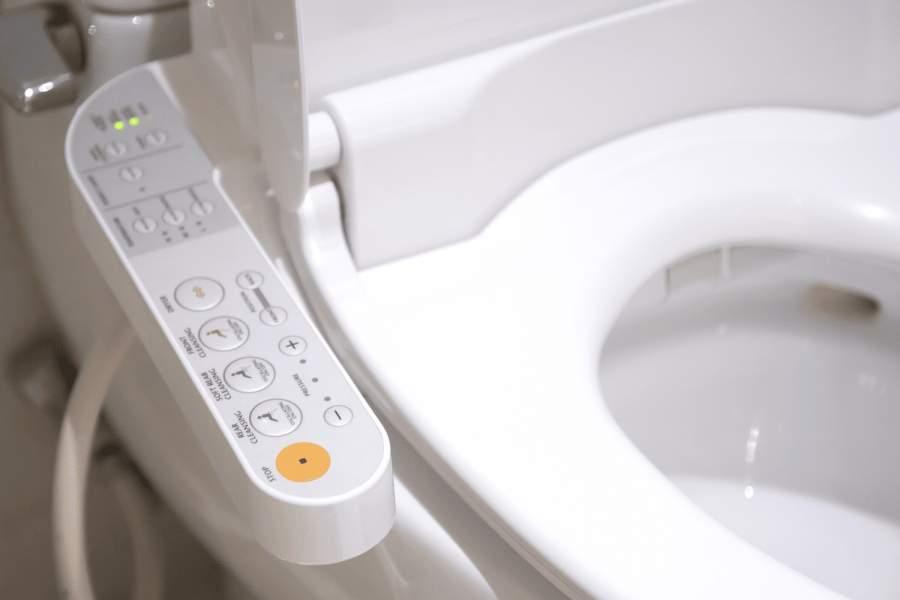Bidets can get very complicated, very quickly. If you’re currently in the bidet research phase, you may be wondering exactly how bidets get hot water and if you really need a hot water bidet.
I have created this article to serve as a resource for the most frequently asked questions about bidet water temperature and hot water bidets in general. These include:
- How do hot water bidets work?
- How cold are cold water bidets? (check out my useful map of US water temperature by state!)
- Do cold water bidets clean as well as hot water bidets?
- How to decide if a hot water bidet is right for you
Ready? Let’s jump right in.
How does a bidet get warm water?
Ever wondered exactly how your bidet magically spurts out hot water, even on freezing cold days?
Wonder no more!
I’ve split this section into how electric bidets get their hot water and how non-electric bidets get their hot water.
Electric hot water bidets
Most hot water bidets are electric. They draw cold water from your house water supply and then an in-built heater warms the water. There are three main types of water heating systems that electric bidets use:
- Tank
- Tankless
- Hybrid
Let’s go through these one by one.
Tank water heaters
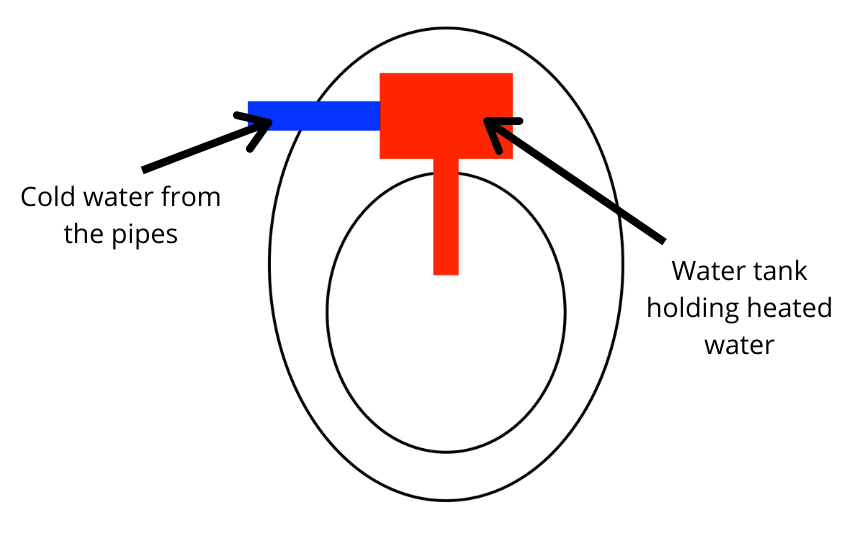
Bidets with a tank water heater hold a reservoir of warm water in a water tank. The tank keeps the water warm until someone uses the bidet. Most tanks will hold between 30-50 seconds of warm water.
As the warm water gets used, the tank starts to fill up with cold water. After the 30 seconds, there’ll be enough cold water that the user starts to notice a gradual decrease in temperature until the water becomes fully cold.
When the user is finished, the tank will start to heat the water again so it’s warm by the time the next person comes along to use the bidet. The tank will need an average of 3-5 minutes to heat up again.
A tank heating system is the least energy-efficient method because it requires constant heating. Also, the seats tend to be bulky at the back because the tank takes up a lot of room. This can make the seat uncomfortable to sit on as it pushes you forward.
But, you get instant hot water.
Examples of bidet seats with tank heating systems are the Toto C200, the Bio Bidet BB-1000, the Smart Bidet 1000, and the Brondell Swash SE600.
Pros: low cost, instant warm water
Cons: limited hot water, bulky seat, constant electricity usage
Tankless water heaters
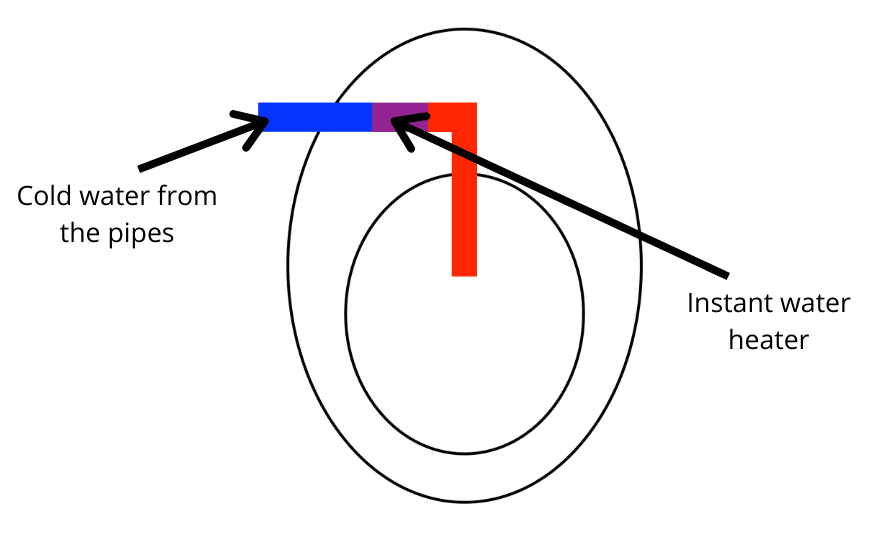
Tankless bidets hold no hot water and instead heat the water on demand. When you start using the bidet it will draw cold water from the pipes and a heater within the bidet will heat it, so it’s warm by the time it reaches your backside.
One downside to this system is that there’s sometimes a small burst of cold water before the hot water starts. Some bidets (e.g. Toto models) purge this cold water into the toilet bowl before aiming it at you, but with others, you’ll feel a fraction of a second of cold water at the start of the wash.
Tankless bidets aren’t using energy all the time, but they do cause a spike in energy usage to heat the water quickly.
A big benefit of the tankless method is that the hot water never runs out, and the seats have a very low profile because there’s no tank to fit. However, these benefits tend to come with an increased price tag.
Examples of bidets that use a tankless heating system include the Discovery DLS, the Toto S550e, the Brondell Swash 1400, and the Alpha JX.
Pros: unlimited hot water, energy efficient, sleek design, more comfortable seat
Cons: more expensive, may feel a spurt of cold water at the start
Hybrid water heating system
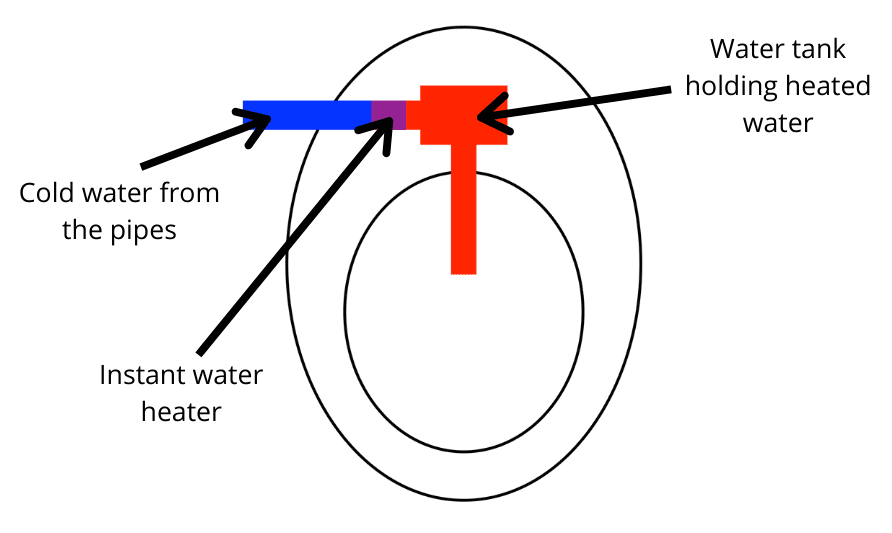
A hybrid heating system is a mixture of the tank and tankless models. Hybrid bidets have a small water tank that holds a few seconds worth of water. As the water from this tank runs out, an instant water heater will fill it back up with warm water.
Hybrid heaters provide warm water for longer than a tank system, but it isn’t always unlimited. Most hybrid heaters can provide 45-90 seconds of hot water.
This is because the instant water heater they use typically isn’t as powerful as the one in a tankless bidet, and can’t keep up with refilling the tank. If you notice the water start to become cold, you’ll need to stop using the bidet and wait a few minutes for the tank to re-fill itself with warm water.
There are exceptions to this, like the BB-2000 which uses a hybrid system that delivers unlimited hot water.
Other examples of seats that use a hybrid system are the Alpha iX and the Brondell LT99.
Pros: mid-range pricing, no cold water burst, less bulky than tank models, warm water for longer
Cons: not always unlimited warm water
Non-electric hot water bidets
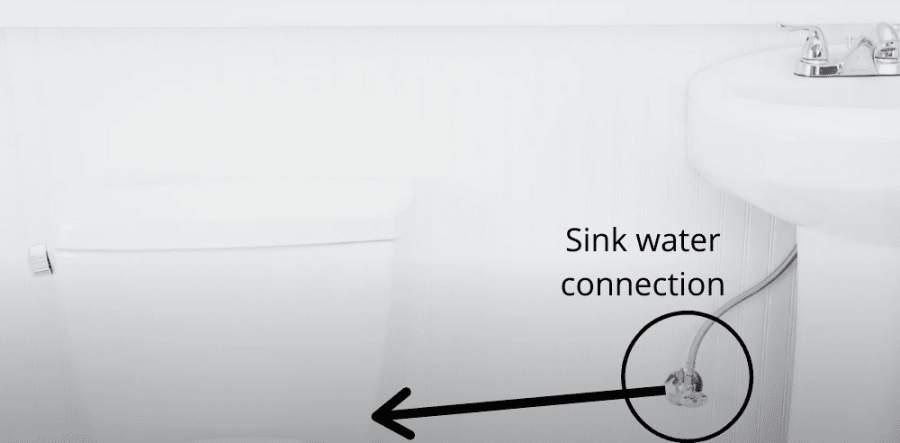
You can also get non-electric bidet seats that offer hot water. These bidets draw hot water from your house’s hot water supply, via the same line that provides your sink with hot water. You need to connect a Y-valve to your hot water supply line to allow hot water to reach your bidet.
An example of this type of bidet is the Brondell Swash Eco Seat, or the Luxe 320.

Another option for a hot water non-electric bidet is a hand-held bidet that attaches directly to your tap or shower. The hot water will flow from your tap into the bidet and then you can use it to clean yourself.
You need to have a tap with a removable aerator to be able to attach a bidet.
The problem with both these models is that how long the water takes to heat up is dependent on your water heater. Just like with the taps, the water will need to run a while before it gets warm.
If you know your water is heated up super quickly this might not be a problem. But if you’re regularly waiting a few minutes for hot water, these models probably aren’t going to work for you.
How cold are cold water bidets?
One of the choices you may face when choosing a bidet is whether you want a no frills cold water bidet or something a little more luxurious with hot water.
In order to make the right decision, you need to know exactly how cold cold-water bidets are.
The cold water from a bidet will be the same temperature as the water that comes out of your cold taps. In the USA, unheated tap water has an average temperature of 55 degrees F, but this will vary massively depending on where you live as well as the time of year.
Warmer climates have warmer tap water.
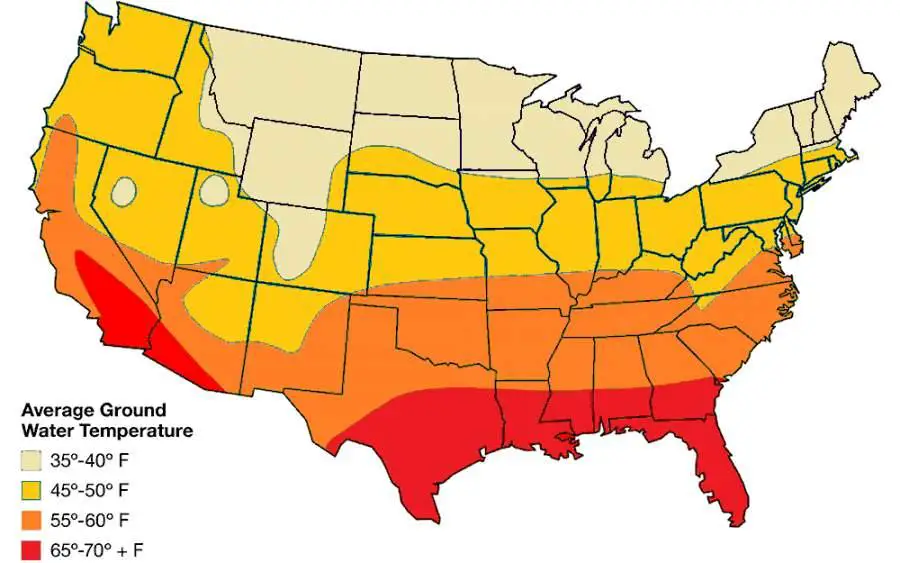
In Hawaii, the groundwater temperature can reach 75°F. While in Alaska the groundwater temperature ranges from 35-42°F.
You also need to factor in the season. During the winter the ground temperature will drop, and so will the temperature of your cold water.
For most people, the ‘cold’ water that comes out of their bidet isn’t actually that cold, it’s more like room temperature. I certainly don’t find my cold water bidet uncomfortable to use.
The exceptions to this are if you live in a cold climate, or if you’re extremely sensitive to cold water. Run your hand under the cold tap and see if it feels uncomfortable. This will give you a good idea of how cold or warm the bidet will feel.
Do cold water bidets clean as well as hot water bidets?
Cold water bidets are just as effective at cleaning as hot water bidets. The cleaning power of a bidet is dependent on the pressure of the water spray and how well targeted it is. It’s the force of the water that pushes the dirt off you, and this isn’t affected by temperature.
Some people might feel cleaner after using a hot water bidet – but this is just a placebo effect.
Is a hot water bidet worth it?
Hot water bidets tend to cost a fair bit more than their cold water counterparts – usually because it means upgrading from a non-electric seat to an electric seat.
There are non-electric hot water options, but these are much less common.
So the main question to answer is: is the extra expense for a hot water bidet worth it?
Upgrading to a hot water bidet is worth it if you live in a really cold climate, or if you like the sound of the extra features hot water bidets come with (e.g dryers). If you live somewhere warm and you don’t care for the extra features, then it probably isn’t worth it.
If you’re interested in a hot water bidet because you do live in a cold climate, also consider looking at heated bidets: Take a look at our article on The 6 Best Heated Bidet Toilet Seats, which also have warm water temperature options listed.
There are two things at play here:
- Will the unheated water be too cold and put you off using the bidet?
- Do you want the extra features that come with hot water electric bidets?
You need to decide if the cold water will be so cold it will put you off using the bidet. Your money will be wasted if this happens.
You’re only really at risk of this happening if you live in a cold climate. In warmer climates, the water isn’t going to be very cold and most people will get used to it after a few attempts. You might even find it refreshing.
You also need to factor in the extra features hot water bidets offer. Hot water bidets can vary in price from $200 up to $1000+. You’ll get a LOT of extra features for $1000 – an example being an automatic opening and closing seat.
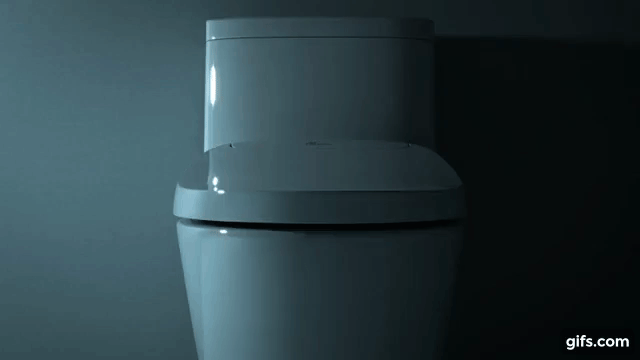
For $200 the seat will be more basic, but will likely have a heated seat, an air dryer and adjustable water temperature.
Mid range seats will offer things like an air deodorizer, nozzle sterilization and a nightlight.
